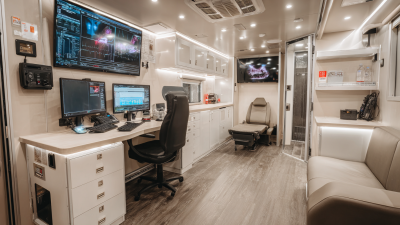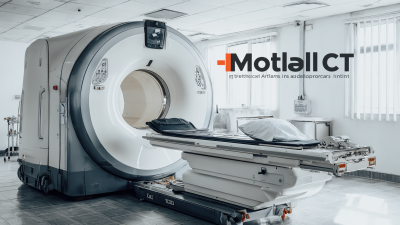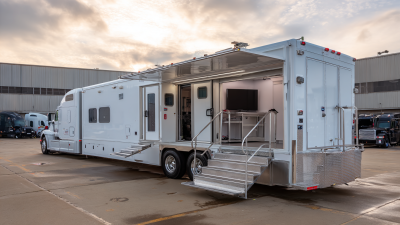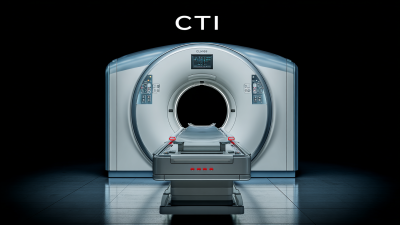In today's rapidly evolving healthcare landscape, the choice of a Hospital CT Scanner is crucial for delivering accurate diagnostics and enhancing patient outcomes. According to a report by the American College of Radiology, CT scans account for approximately 10% of all imaging procedures but contribute to nearly 50% of the collective medical radiation dose. This underscores the significance of selecting the right equipment, not only for patient safety but also for the efficiency of diagnostic processes. As healthcare facilities strive to meet the rising demand for imaging services, the decision-making process around the acquisition of a CT scanner involves numerous factors, including technology advancements, image quality, operational costs, and integration with existing systems. This ultimate guide will provide a comprehensive overview to help you make informed decisions when selecting the most suitable Hospital CT Scanner for your diagnostic needs.
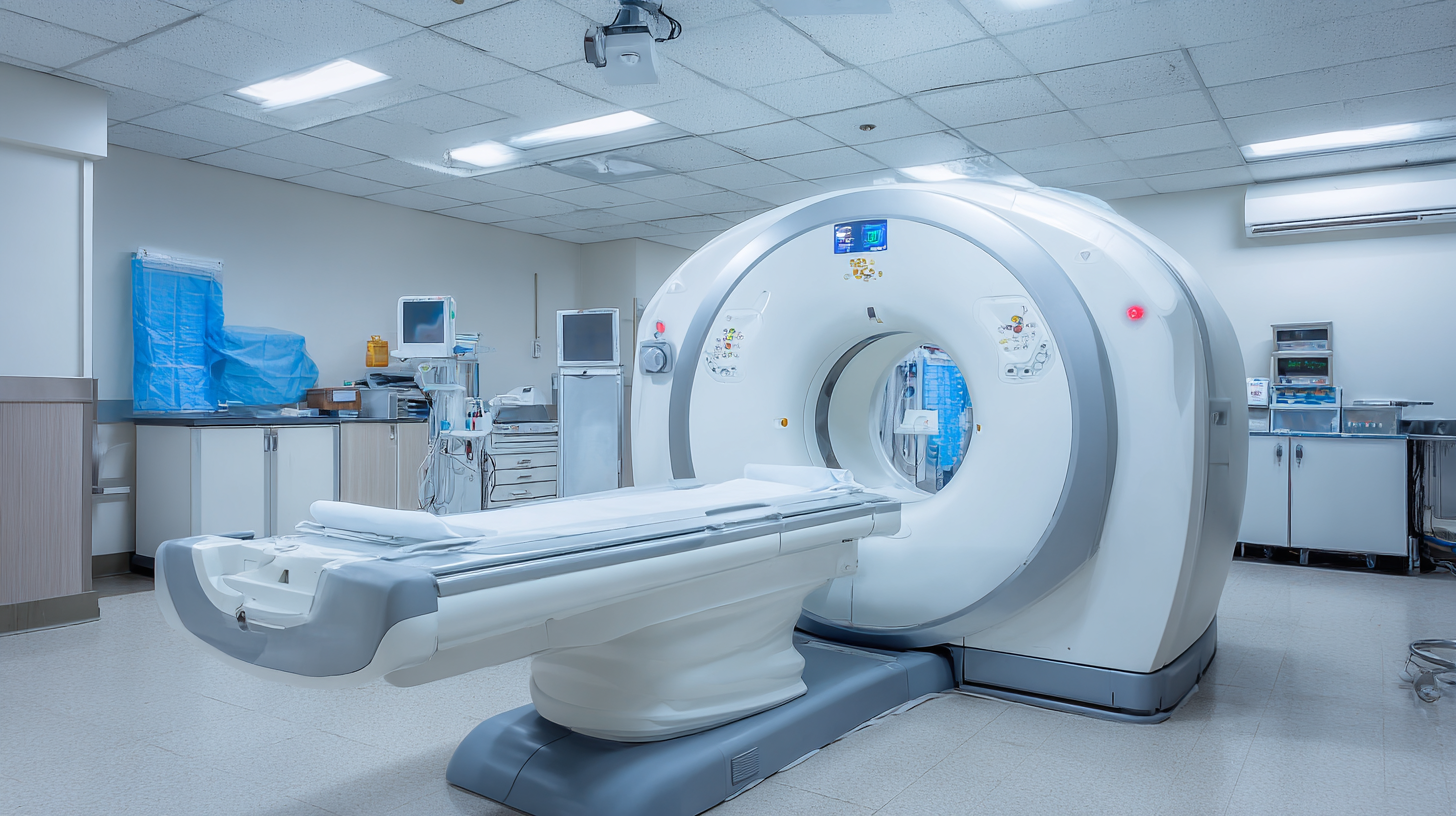
When selecting the right hospital CT scanner, several key factors should be considered to enhance diagnostic capabilities. The global CT scanner market is projected to reach substantial growth by 2032, driven by technological advancements and rising demand for diagnostic imaging. According to industry reports, the market size is expected to surpass USD 8 billion, with a CAGR of around 5.5% over the forecast period. This growth is largely attributed to the increasing prevalence of chronic diseases and the need for accurate and timely diagnostics.
Moreover, the market can be segmented by technology, including high-slice, medium-slice, low-slice, and cone-beam computed tomography (CBCT). High-slice scanners are gaining popularity due to their ability to produce high-resolution images and facilitate faster imaging processes. Applications in orthopedics, cardiovascular diagnosis, and oncology are on the rise, reflecting a growing recognition of the importance of precise imaging in treatment planning. Understanding these factors is essential for healthcare providers when choosing a CT scanner that meets their specific clinical needs and enhances patient outcomes.
When it comes to enhancing diagnostic capabilities in hospitals, choosing the right CT scanner is paramount. Various types of CT scanners are available, each designed to meet different clinical needs. The primary classifications include traditional multi-slice CT scanners, which are widely used for their ability to capture detailed cross-sectional images rapidly, and high-resolution scanners that provide exceptional image clarity, making them ideal for complex cases such as oncology and cardiac imaging.
Additionally, newer advancements have led to the development of cone-beam CT (CBCT) scanners, commonly utilized in dental and orthopedic imaging. These scanners excel in providing detailed three-dimensional images, allowing for more precise diagnoses and treatment planning. It's essential for healthcare facilities to assess their specific requirements and evaluate each type of scanner's unique features, such as speed, image quality, and patient safety, to determine which will best support their diagnostic objectives and improve patient outcomes.
| Type of CT Scanner | Image Quality | Scan Speed | Radiation Dose | Typical Uses |
|---|---|---|---|---|
| Standard CT Scanner | Moderate | Moderate | Standard | General diagnostics |
| High-Resolution CT Scanner | High | Slow | Higher | Detailed imaging |
| Cone Beam CT Scanner | Moderate | Fast | Low | Dental and craniofacial |
| Multislice CT Scanner | Very High | Very Fast | Lower | Complex imaging |
| Dual-Energy CT Scanner | High | Moderate | Standard | Material differentiation |
When selecting a hospital CT scanner, evaluating image quality and diagnostic accuracy is paramount, particularly for imaging the upper extremities. High-resolution imaging allows for better visualization of complex anatomical structures, ensuring that subtle fractures, ligament tears, or other injuries are accurately identified. A scanner’s ability to produce clear and detailed images directly impacts diagnostic decisions, ultimately influencing patient outcomes.
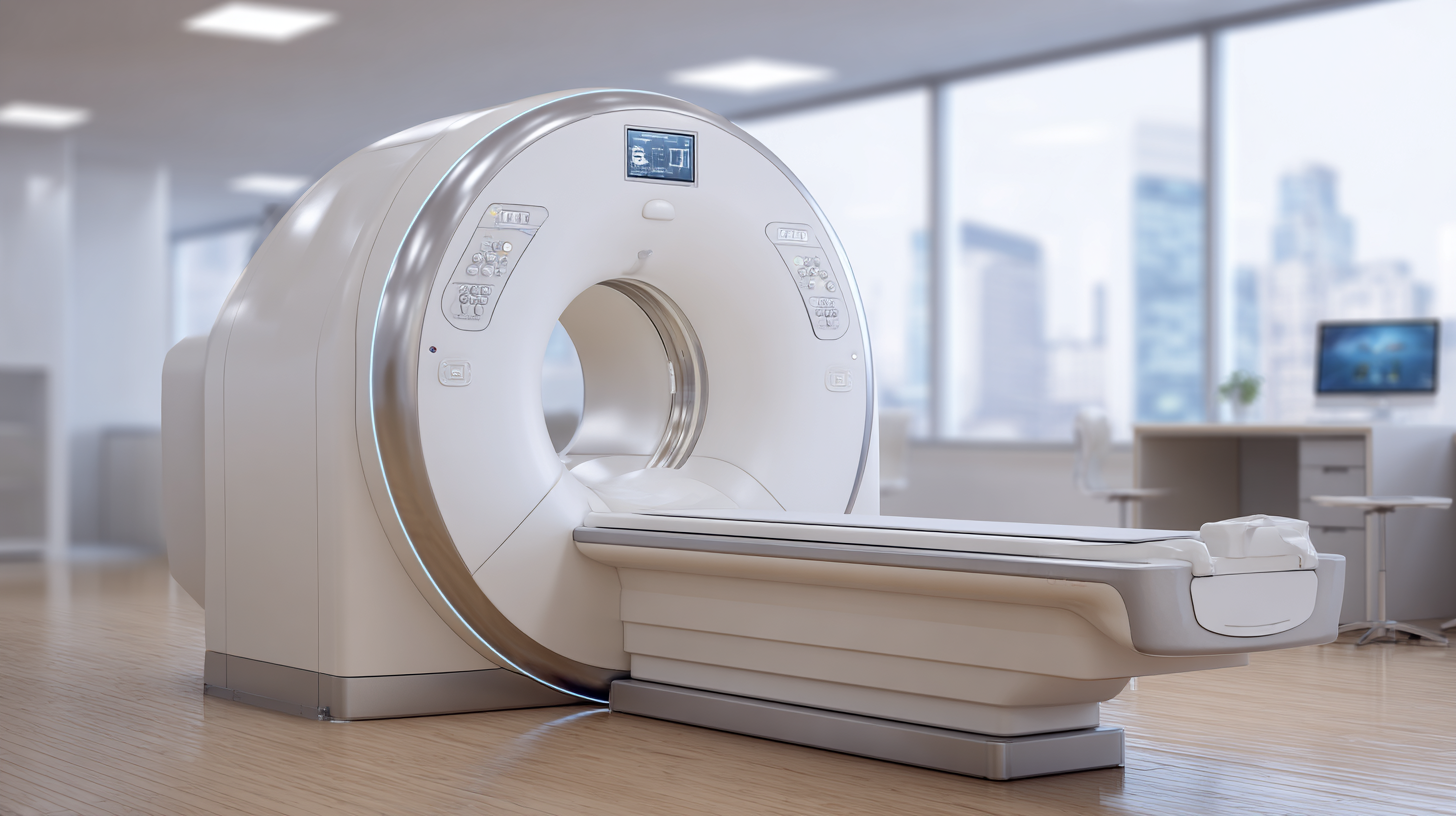
Moreover, diagnostic accuracy hinges not just on image quality but also on the scanner's technological capabilities. Advanced features such as iterative reconstruction algorithms and dose optimization techniques enhance image fidelity while minimizing radiation exposure. Selecting a CT scanner that integrates these technologies can significantly improve the assessment of upper extremity conditions, facilitating precise diagnoses and enabling clinicians to tailor appropriate treatment plans. By prioritizing image quality and diagnostic accuracy, hospitals can ensure they are equipped with the tools necessary to deliver exceptional care in orthopedic diagnostics.
When selecting a hospital CT scanner, cost-effectiveness remains a pivotal factor for healthcare institutions aiming to enhance diagnostic capabilities while managing budgets. Balancing price and features is critical; advanced scanners may have higher upfront costs but can lead to long-term savings by improving diagnostic accuracy and patient outcomes. For instance, studies have shown that certain imaging techniques, like CT colonography, are more cost-effective than traditional methods, potentially reducing costs for Medicare enrollees. Such insights underline the importance of evaluating not just the purchase price, but also the operational costs and value brought by enhanced imaging quality.
Additionally, embracing innovations in imaging technology can lead to significant advancements in patient care. For example, the integration of machine learning and deep learning in CT-based models can revolutionize how diseases like central nervous system lymphomas and gliomas are diagnosed. These technologies enable more precise assessments that can streamline the treatment process and ultimately result in better patient outcomes. Investing in a CT scanner that leverages such advanced methodologies may seem costly initially but can be justified through improved diagnostic efficiency and reduced healthcare expenditures in the long run.
As healthcare technology evolves at a rapid pace, investing in a hospital CT scanner requires careful consideration of future-proofing strategies. One of the most significant trends shaping the development of CT scanners is the integration of artificial intelligence (AI) into imaging systems. AI algorithms can enhance image quality, assist in quick diagnosis, and reduce radiation exposure for patients. Hospitals looking to invest in CT technology should prioritize models that incorporate AI capabilities, ensuring they remain at the forefront of diagnostic accuracy and efficiency.
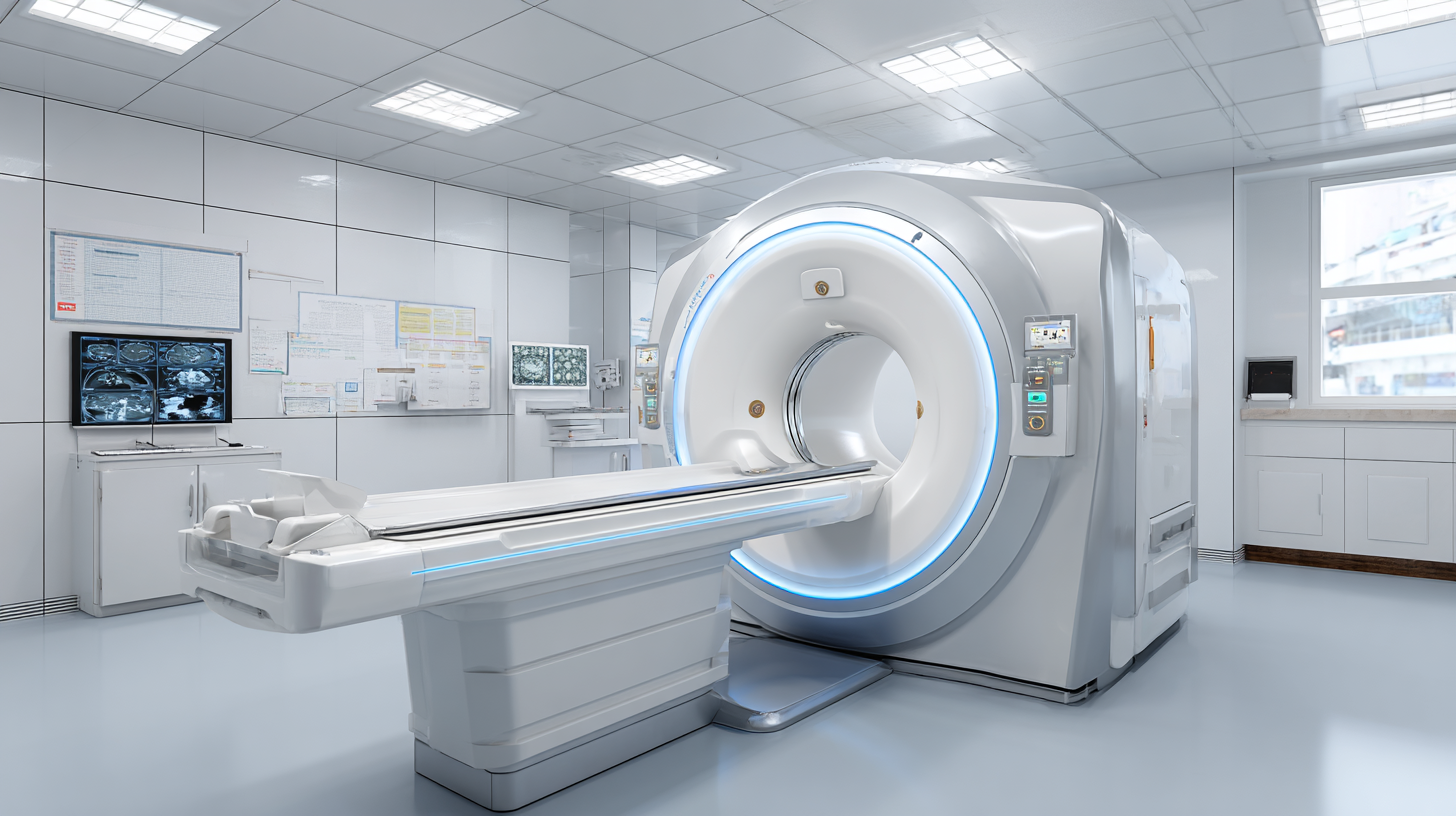
Another vital trend is the push towards higher-speed scanning and improved patient comfort features. Newer CT scanners are designed to capture images faster, thus minimizing the time patients spend in the machine. Enhanced features like wider openings and quieter operation contribute to a more patient-friendly experience, which can ultimately lead to better compliance and outcomes. When selecting a CT scanner, hospitals should investigate models that not only provide high performance but also emphasize the overall patient experience, aligning with the broader goals of patient-centered care.


